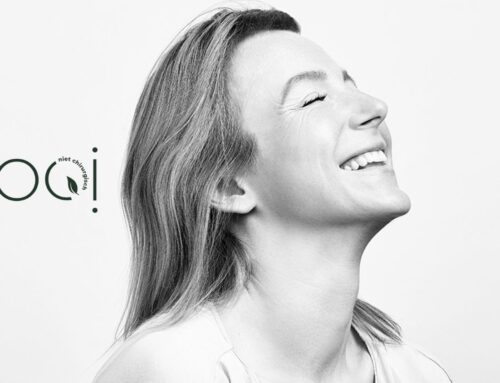Developments and trends in the world of plastic surgery
More and more young people are opting for cosmetic surgery.
A recent survey in America found that 64% of plastic surgeons saw a dramatic increase in patients under the age of 30 requesting cosmetic facials. Annual statistics from the American Society of Plastic Surgeons confirm this trend. Reported Botox procedures have increased 28% since 2010 and skin treatments have increased 32% since 2010, in the 20-29 age group. In the Netherlands, there has been a similar increase in use of fillers and botox.
A common question among our clients is still, “What is the difference between botox and fillers?”. In this blog, Dr. Darren Booi elaborates on this.
Botox, how does it work?
What is Botox® anyway? Botox® is a brand name for botulinum toxin, commonly used to refer to any number of neuromodulators whose sole purpose is to selectively weaken certain facial muscles to reduce facial wrinkles. When used correctly, botulinum toxin can dramatically reduce the early and moderate signs of aging by minimizing the appearance of fine lines and wrinkles or reshaping the eyebrows. An experienced plastic surgeon has the anatomical knowledge of these muscle groups and can accurately determine the placement and amount needed to achieve the desired result.
The average duration of action of botulinum toxin is usually 3 to 4 months.
Trends in Botulinum toxin
A common trend emerging among millennials is the use of Botox® for prevention of aging, rather than correcting the aging process. This is mostly unnecessary. When you see the first, incipient wrinkles at rest, that’s usually the right time to start botox. It is suspected that this preventive use of botox, may postpone the need for surgical aging correction for a longer period of time. Time will tell if this is indeed true. Sun protection and not smoking are more important aging factors that you may find easier to deal with.
Besides reducing wrinkles, botox is also used to treat some specific problems such as: a gummy smile, nose wrinkles, masseter hypertrophy (known as teeth grinding) and hyperhydrosis (excessive sweating of armpits or hands).
What about fillers?
Fillers, on the other hand, are primarily used to fill in areas of the face. Examples include: fuller lips, fuller cheeks, improving waltzing of the lower eyelids and preventing more pronounced wrinkles or reducing creases. Fillers are an excellent tool for slowing down the aging process and improving appearance. Hyalonic acid fillers are the most commonly used fillers. It is important to know which type of filler fits which location/indication. A filler must also have a solid safety profile to counteract unwanted effects.
Here’s what you need to know if your face is precious to you.
So, if you are interested in fillers: consult with a plastic surgeon and/or cosmetic doctor who has both the experience and expertise in using fillers. Newly approved Hyalonic Acid fillers have specific applications and serve specific areas of the face. Fillers used in the Netherlands are always temporary and depending on the type, the effect lasts from 3 months to 2 years. Please note that use of permanent fillers are prohibited in the Netherlands.
In cases of severe aging, it is important to know that surgery is more effective and will have a more natural effect than using fillers. A plastic surgeon who has experience in filler treatments as well as surgical treatments can best inform you of the different options available and best suited for you.
Four tips if you’re considering injectable treatment:
- Always undergo non-surgical cosmetic treatment in a physician’s consultation room. This is because of the safety requirements and criteria placed on the space by controlling bodies such as inspection, certification bodies and professional associations of physicians.
- Beauty salons, hair salons, “botox parties” and treatments at locations other than a doctor’s office should be avoided for your own safety. Treatments abroad are also not recommended.
- Botox and filler treatments are reserved treatments for physicians. In the Netherlands, you can easily check this by consulting the BIG register. Note that there is a difference in a doctor, cosmetic doctor and plastic surgeon.
- Constant changes in the types of fillers used because of special deals is not recommended.
Do you have any questions after reading this blog? If so, please feel free to contact us!
Feel MOOI,
Darren
Geregeld zul je hier een blog vinden van onze plastisch chirurgen. Wil je automatisch een bericht krijgen bij een nieuwe blog? Schrijf je dan in op onze nieuwsbrief.






